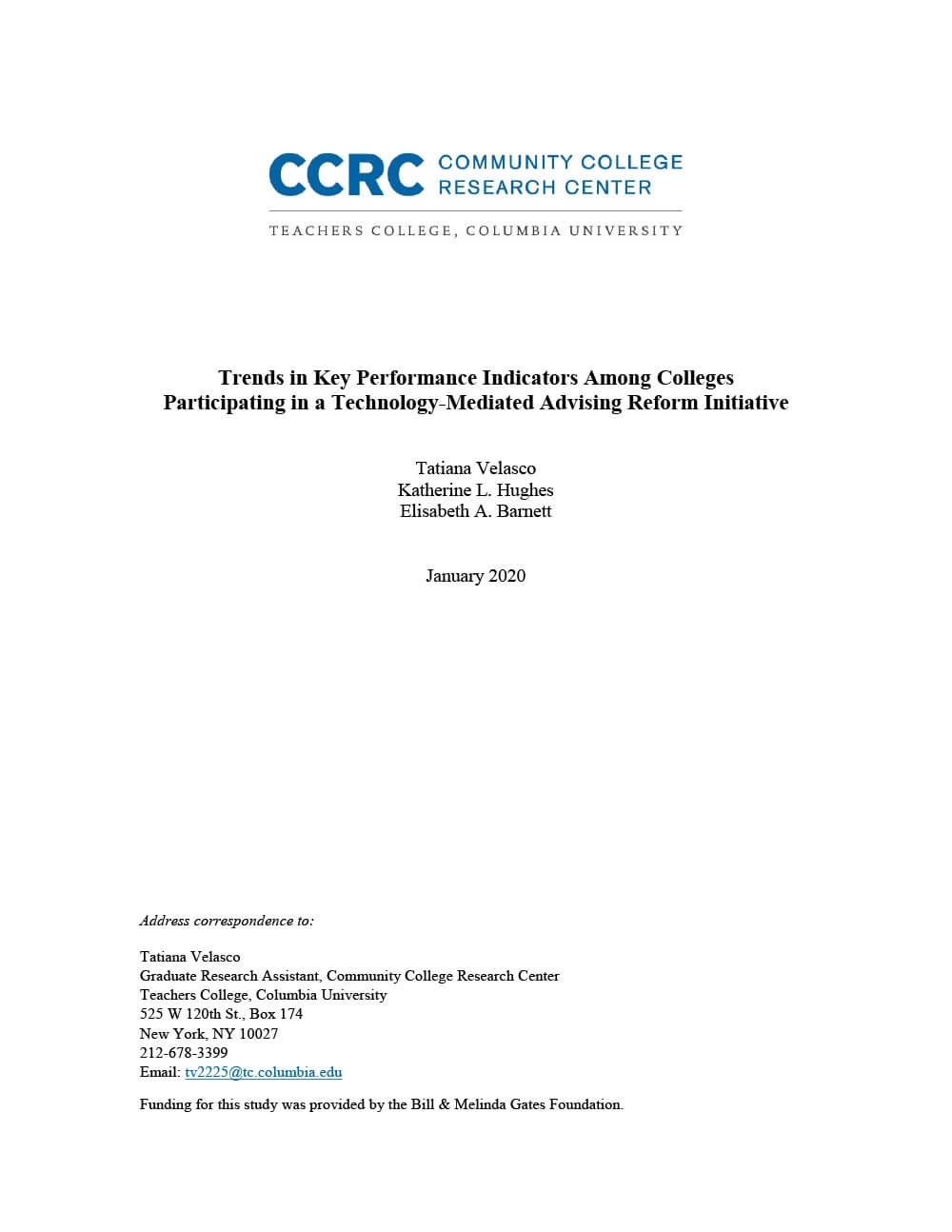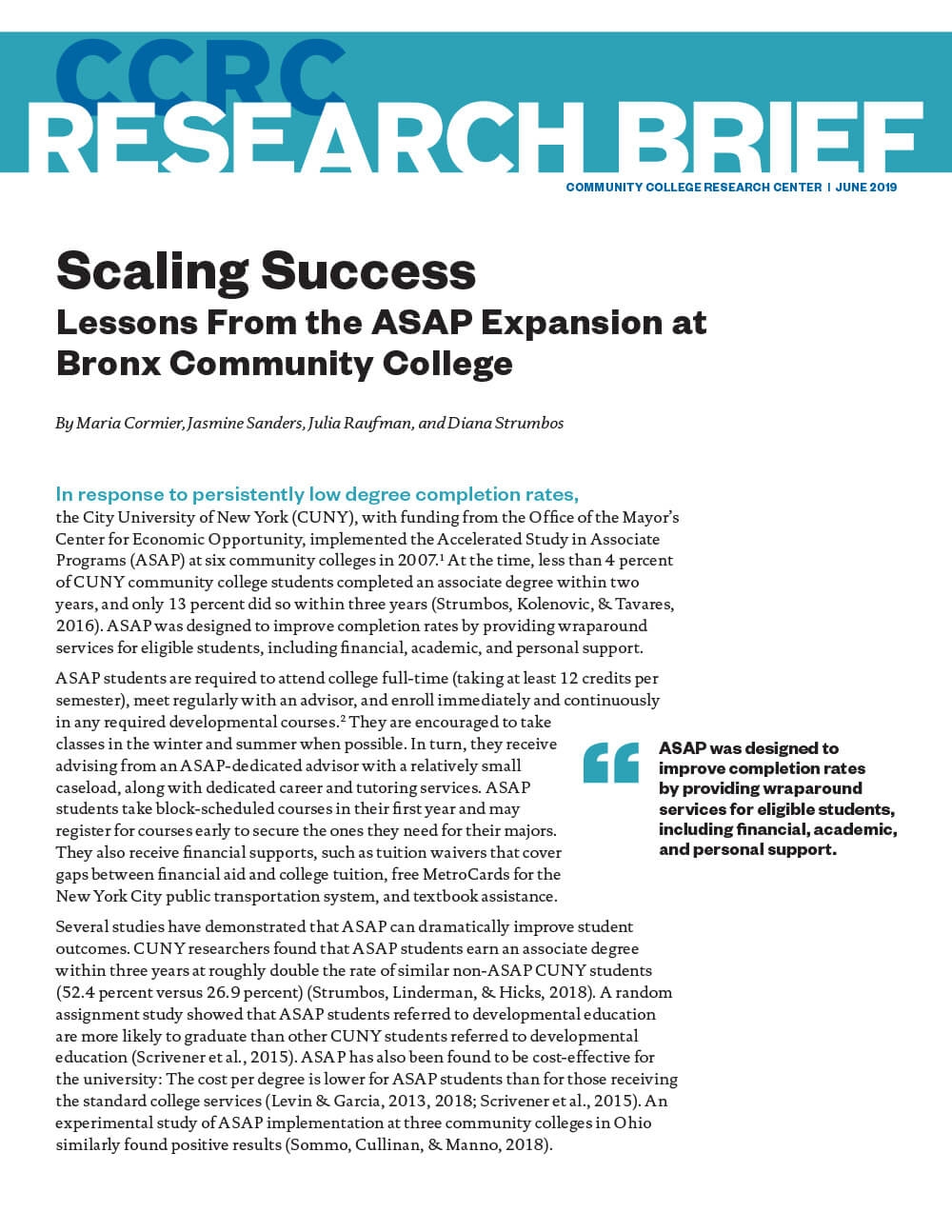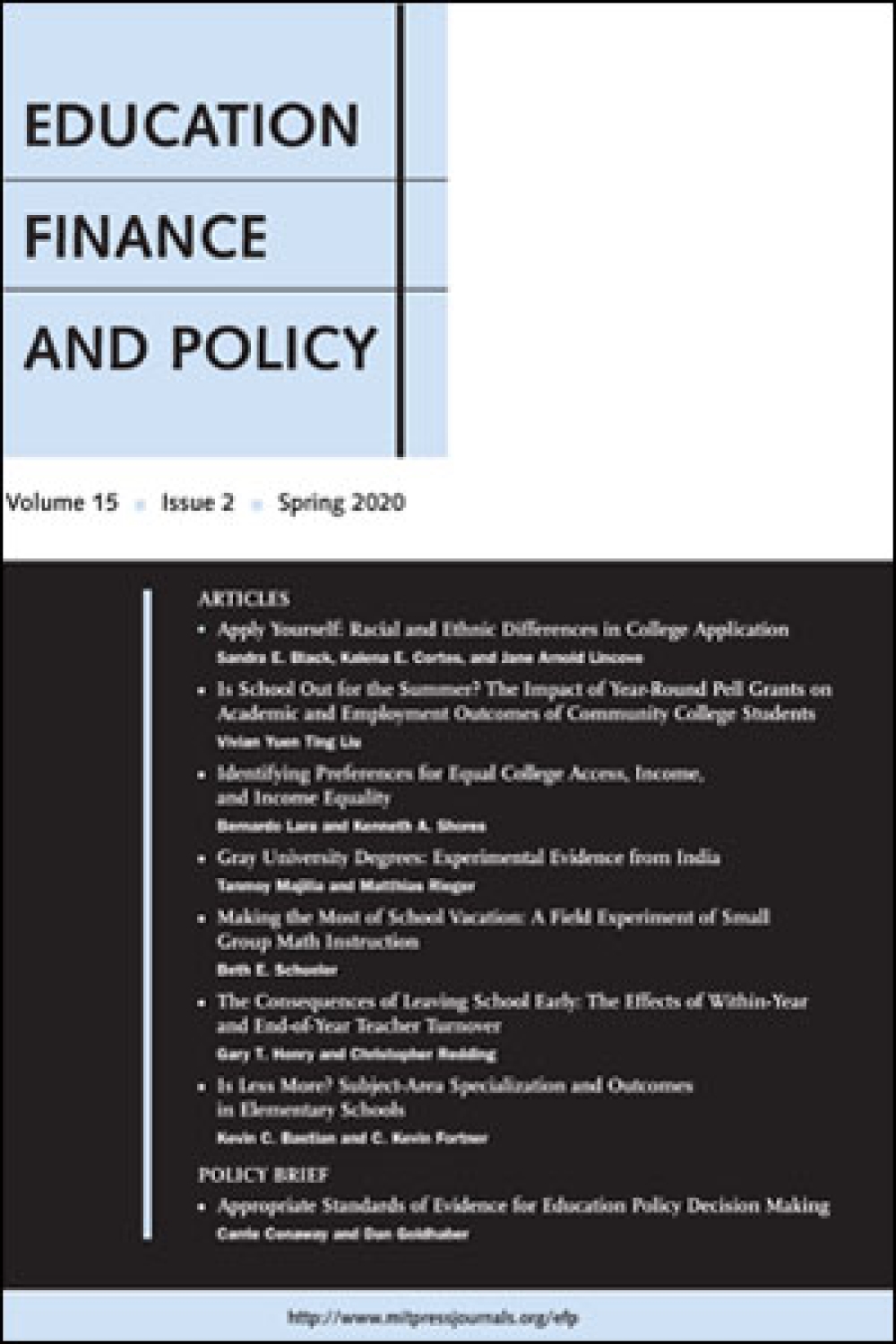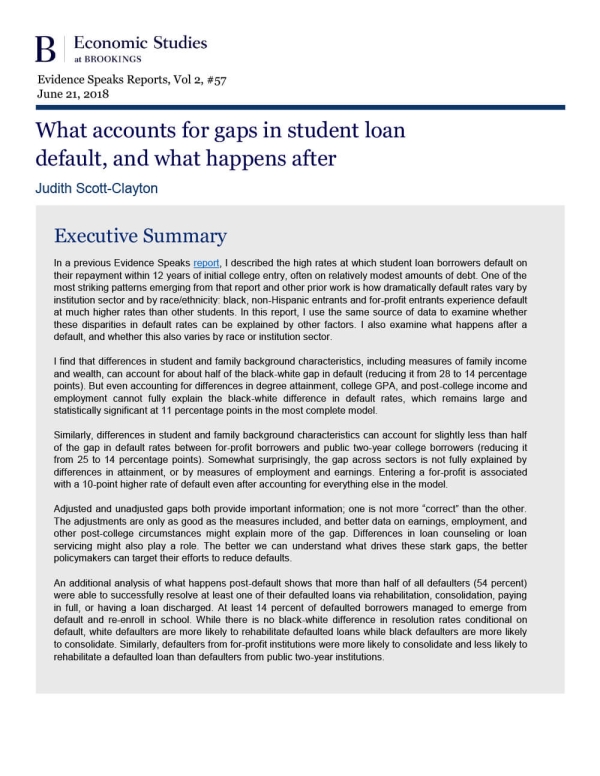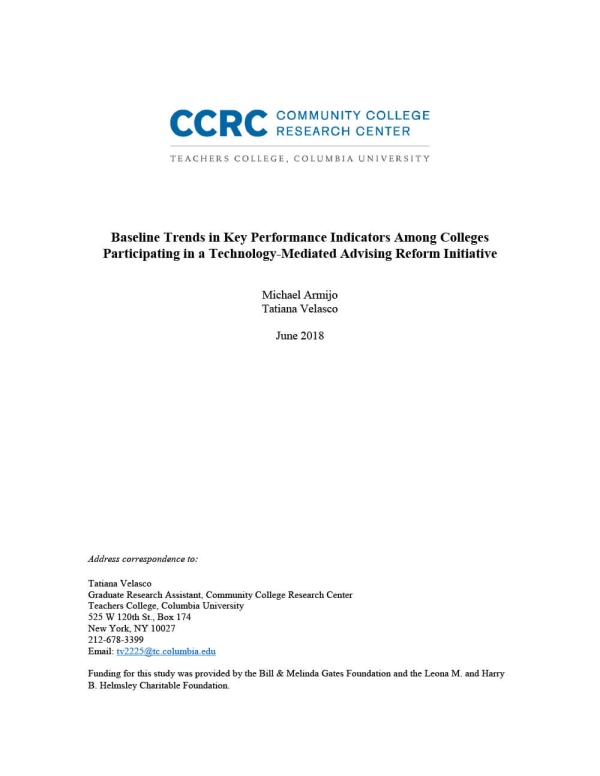January 2020
This report describes trends in key performance indicators among the 26 two- and four-year institutions that participated in the Integrated Planning and Advising for Student Success (iPASS) grant initiative from 2011 to 2017.

